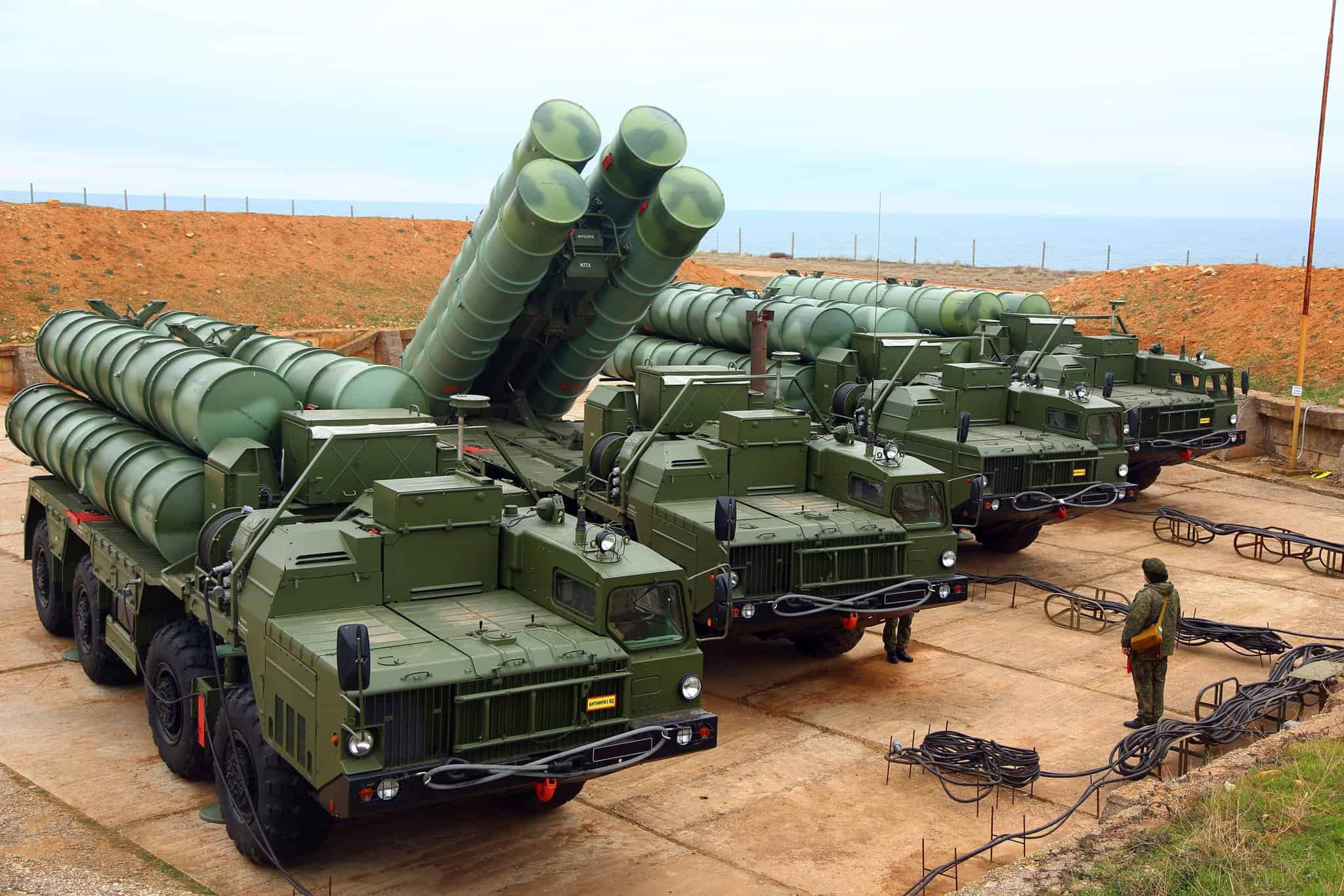Revolutionary Design Meets Controversial Repute
The Lockheed Martin F-35 Lightning II, although plagued by repeated cost overruns and technical hiccups, stands unmatched as the most advanced stealth fighter in modern aviation history. With over 1,000 units delivered worldwide, it has established itself as a formidable force, surpassing its counterparts like the F-22, China’s J-20, and Russia’s Su-57.
Navigating a Reputation Shaped by Media
The F-35 has not been immune to challenges, particularly in maintenance infrastructure delays. Despite these hurdles, media reports often miss its technological advancements and global acceptance, focusing instead on sensational headlines. The portrayal in news and social media frequently amplifies issues without recognizing its groundbreaking capabilities which include state-of-the-art sensor fusion and stealth features, positioning it for 21st-century warfare dominance.
Understanding the Media’s Role
In a digital era where negativity often garners more clicks, news stories about the F-35’s setbacks attract significantly more attention than its achievements. Industry analysis shows that negative headlines tend to increase story engagement, pushing outlets to focus disproportionately on faults. However, recognizing the broader achievements of the F-35 program can provide a more balanced view, considering its superior safety record compared to older fighters like the F-16.
Moving Beyond the Perception Gap
While the F-35’s readiness rates and maintenance challenges are frequently cited, these issues often stem from building the necessary support infrastructure, not flaws in the aircraft itself. As global adoption grows, the perception of the F-35 might evolve, reconciling the gap between its controversial image and its role as one of the most capable modern fighter jets.
The Untold Story of the F-35: Innovations and Future Prospects
Revolutionary Features and Specifications
The Lockheed Martin F-35 Lightning II remains at the forefront of stealth fighter technology, incorporating groundbreaking features that set it apart from other modern fighters. Equipped with advanced sensor fusion, the F-35 delivers unprecedented situational awareness, enabling pilots to process real-time data and make informed decisions rapidly. Its stealth design minimizes radar cross-sections, enhancing survivability in contested environments. Additionally, the F-35 boasts versatile capabilities, functioning effectively in air-to-air, air-to-ground, and reconnaissance roles.
Innovations Driving the F-35 Forward
The F-35 program continuously evolves, integrating innovations that enhance performance and capabilities. Notably, the Autonomic Logistics Information System (ALIS) represents a major leap in military aviation maintenance, allowing more efficient management of aircraft operations and maintenance activities. Continuous software upgrades ensure the aircraft maintains its edge against emerging threats, adapting to advanced warfare scenarios.
Pros and Cons of the F-35
Pros:
– Advanced Stealth Capabilities: The F-35’s design significantly reduces detectability by enemy radar systems.
– Versatile Mission Profiles: Capable of performing a wide range of missions with a single platform.
– Cutting-edge Technology: Features like sensor fusion and network-enabled operations provide superior battlefield awareness.
Cons:
– High Development Costs: The F-35 program has experienced cost overruns, impacting budgets.
– Complex Maintenance Requirements: Advanced systems demand extensive maintenance infrastructure, contributing to operational challenges.
Global Adoption Trends and Insights
Despite initial controversies, the F-35 sees increasing adoption worldwide. Key allies such as the United Kingdom, Japan, and Australia have integrated the aircraft into their air forces, reaffirming its strategic value. Reports suggest that as more countries adopt the F-35, its reputation might shift positively, fostering enhanced international military cooperation.
Security Aspects and Compatibility
Security remains a pivotal focus of the F-35 program. The aircraft’s secure communication systems and ability to integrate with other military assets strengthen the security posture of allied nations. Its compatibility with existing military infrastructure makes it a versatile option for countries seeking to modernize their air forces without significant overhauls.
Predictions and Market Analysis
Industry experts predict continued demand for the F-35, driven by geopolitical tensions and the need for advanced aircraft in modern military operations. As technology progresses, we may see enhancements, such as improved artificial intelligence (AI) integration and expanded unmanned capabilities, further solidifying the F-35’s market presence.
Lockheed Martin’s strong portfolio of military solutions, including the F-35, positions it as a leading defense contractor. To learn more about their offerings, visit the official Lockheed Martin website.
By focusing on factual insights rather than sensational narratives, a balanced understanding of the F-35 emerges, highlighting its remarkable technological prowess and pivotal role in global defense strategies.













